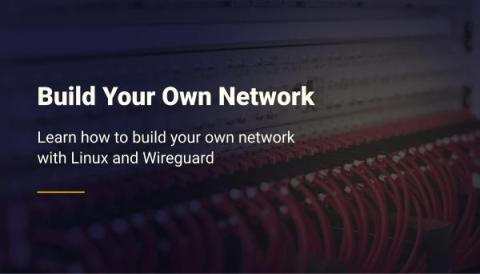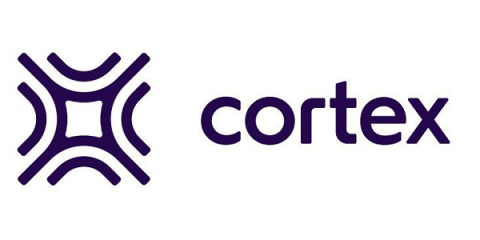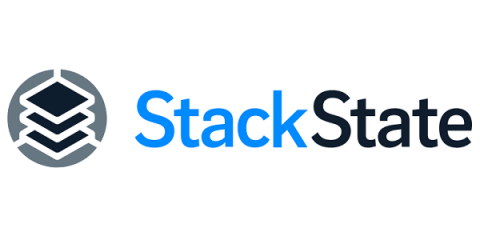Operations | Monitoring | ITSM | DevOps | Cloud
Latest News
Internal Developer Platform vs Internal Developer Portal: Solving for a Central System of Record, and Action
Securing open source software dependencies in the public cloud
Breaking Out of Analysis Paralysis: Streamlining Cloud Migration with Tidal Accelerator
In Episode 1, we delve into the critical topic of overcoming “Analysis Paralysis” during cloud migration. We will explore how Tidal Accelerator can help organizations break free from the shackles of over-analysis and guide them towards successful cloud migration.
Faster, Stronger, Better: How Top Telcos Map Innovative Actions to Real Results
The telecommunications industry today is focused on delivering advanced, reliable connectivity and the highest possible performance to consumers, all while getting ahead of the cutthroat competition. And accomplishment in these key areas comes with its fair share of challenges for communications service providers (CSPs) to meet customer expectations.
Multi-Service Progressive Delivery with Argo Rollouts
In the previous article of the series, we explained how to use Configmap generators in order to use Progressive Delivery for your configuration (and not just the container images). In this post, we will also cover another popular question: how to use Argo Rollouts with multiple services. Argo Rollouts is a Kubernetes controller that allows you to perform advanced deployment methods in a Kubernetes cluster. By default, it only supports a single service/application.
Global Event Rulesets: Streamlining Alert Routing Across Services
Whose fault was it anyway? On blameless post-mortems
No one wants to be on the receiving end of the blame game—especially in the wake of a major incident. Sure, you know you were the one who made the final change that caused the incident. And hopefully, it was a small one that didn’t cause any SEV-1s. Still, the weight of knowing you caused something bad should be enough, right? Unfortunately, sometimes fingers get pointed, your name gets called, and suddenly, everyone knows that you’re the person who created more work for everyone.
Charmed Kubeflow 1.8 Beta is here
Configuration Drift: Understanding, Avoiding, Managing and Resolving in Kubernetes
If you work with Kubernetes, you know that any number of issues can pose a serious threat to the stability and security of your deployments. One that's subtly damaging is configuration drift, which occurs when the actual state of how your system is set up — its configuration — strays from the way you defined. Configuration drift in Kubernetes can happen when people make changes manually, systems aren't synchronized properly or monitoring falls short.











